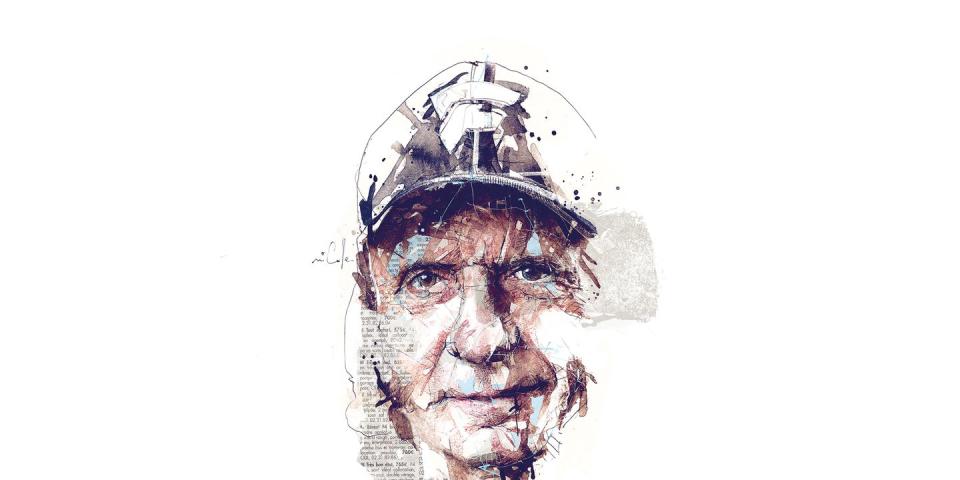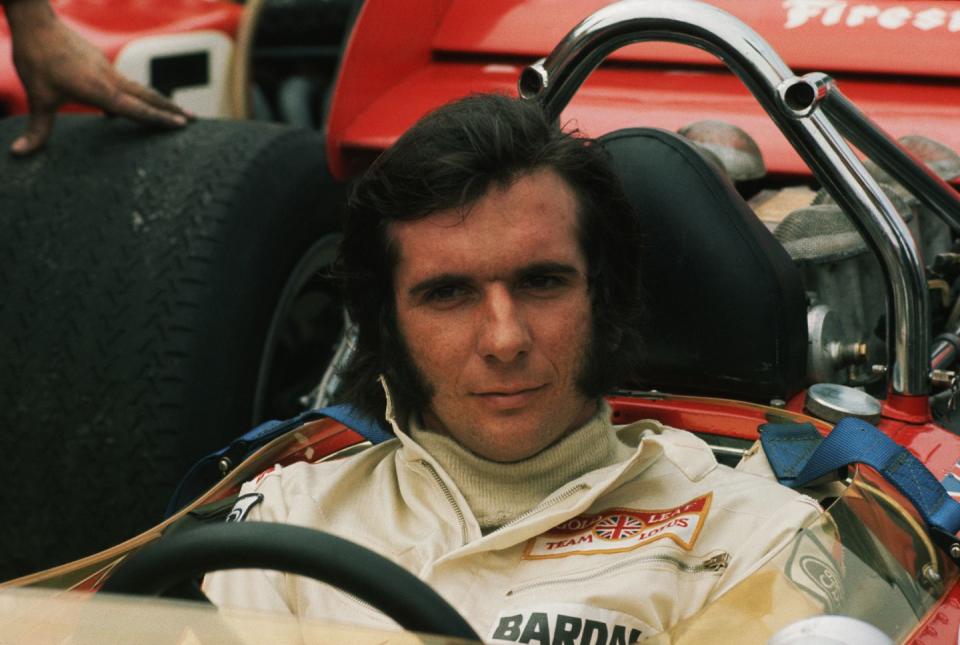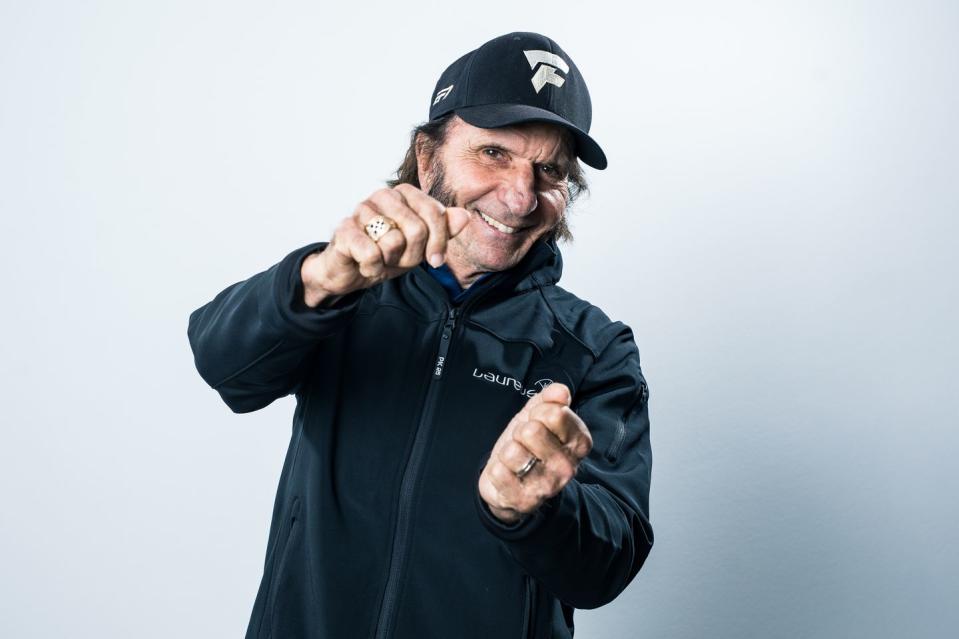We Chat with Emerson Fittipaldi, Double World Champion and Two-Time Indy Winner

C/D: Is it true you were named after Ralph Waldo Emerson?
EF: Yes. My father was named for President Wilson after the first war by my Italian grandfather, who emigrated to Brazil. When my older brother was born, he was Wilson, too, but when I came, my mother-who was Russian but loved Emerson's books-suggested the name because it seemed to match.
C/D: You enjoyed a meteoric rise after coming to Europe to race, from Formula Ford to your first Grand Prix with Lotus in just one year. What was your relationship like with Colin Chapman?
EF: Colin was an incredible mentor for the four years I drove for Lotus. He was a genius. He had this perception, this intuition to get the car working, to set it up and get the best from it. I don't think people realized Colin was a very warm human being, but after I won my first world championship, in '72, he said to me, "I don't want to get very close to you because I'm afraid one day I might lose you." He had lost a lot of drivers.
C/D: How much did you worry about the huge risk involved with racing at that time?
EF: I knew it was high, but every time I arrived at a track, I was focused on giving 100 percent. Jackie Stewart and Jo Bonnier started the Grand Prix Drivers' Association and began to press on safety, to improve the rescue teams and the quality of doctors, just the basics. I supported that, but they led it. One day I made the calculation that from when I started Grand Prix racing to the day I stopped IndyCar, I had lost 35 friends. I thank God every day that I'm here.

C/D: Do you regret leaving McLaren to join your brother's Formula 1 team?
EF: My background had always included building cars-go-karts in Brazil and then Formula 3. It felt like the right thing to do, the next step. The start was tough, but by 1980, we had an amazing team-we had Adrian Newey in his first job, Harvey Postlethwaite as chief designer, and Keke Rosberg was my teammate. But then we lost our sponsorship deal. And we could not carry on racing.
C/D: You unretired in 1984. What brought you back to racing?
EF: It's a good question. Not many people know this, but in '72, after I won my first world championship, I had lunch with my father and brother. I told them I was going to retire from racing; I'm world champion-what else do I want to achieve? And my father said, "I know how you feel, but if you stop too soon, you will want to go back." That's what happened. Ralph Sanchez asked me to drive in the Miami Grand Prix with a March-Chevrolet prototype, and once I was back in the cockpit, it was like I hadn't been away-I put the car on pole. That led to an offer to drive Indy cars, and I did for 13 seasons, the most enjoyable time of my racing career.
C/D: Which did you prefer, ovals or road courses?
EF: Ovals were a new challenge. I thought they would be easy, but they were not. One-mile ovals were incredible-dozens of cars on the track, some lapping backmarkers after six or seven laps. I had never done anything like it, the most exciting driving I had ever experienced.
C/D: Were you surprised by the negative reaction when you drank orange juice instead of milk after winning the Indy 500 for the second time, in 1993?
EF: I drank the milk, too-I just used it as a chaser for the orange juice! Of course, nobody ran that picture. I didn't want it to be as controversial as it was, let me say.

C/D: What would you change about your career?
EF: It's difficult. Everybody has hard times in life, and I think that anything that you conquer means you appreciate it more. I always worked hard. I always tried to give my best. I think maybe I should have given more effort to improve safety during that tough time. I regret I didn't do more . . . I tip my hat to Jackie Stewart and Jo Bonnier for the work that they did.
C/D: You've always had a very distinctive style. Why the sideburns?
EF: As I arrived in England in the late 1960s, there were lots of hippies and lots of people with sideburns and longer hair. Do you remember what the Beatles looked like at the time? I wanted to be part of that generation, to express myself. It was part of a new era of young people. There were more sideburns there than in other countries; maybe it was an English thing!
C/D: Are you retired now?
EF: A man is like a bicycle: Stop pedaling and you crash. You have to keep going. I'm involved with my two grandchildren who race, and I have a project to build a road car, which has always been my dream. The EF7 is a road car, a GT, very light and very fast. It's being built in Germany by HWA, and Pininfarina did the design. It's stunning.
From the October 2018 issue
('You Might Also Like',)

 Yahoo Autos
Yahoo Autos 